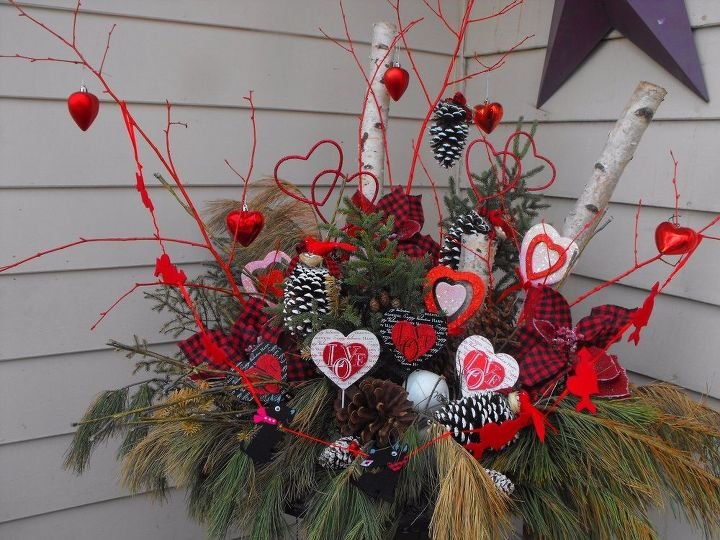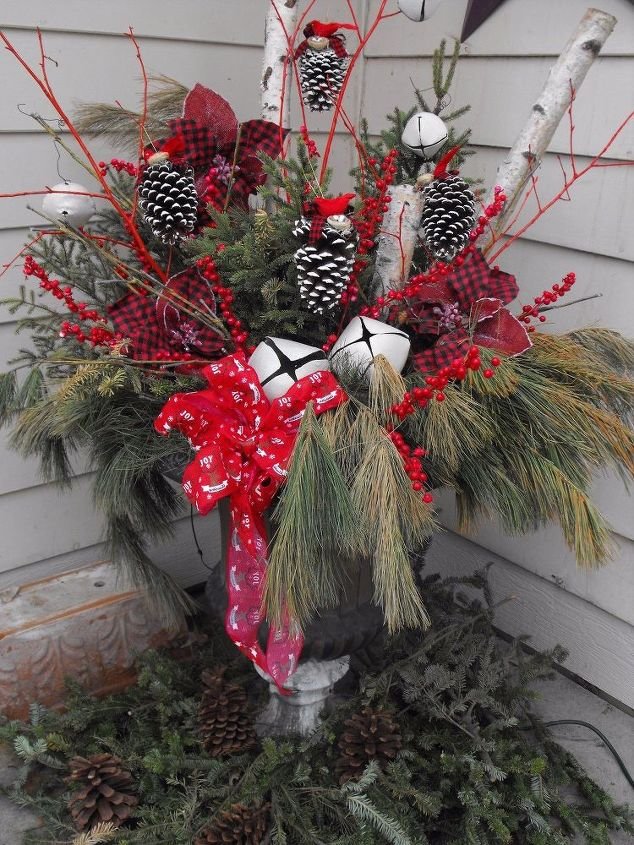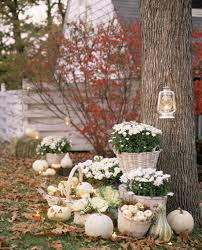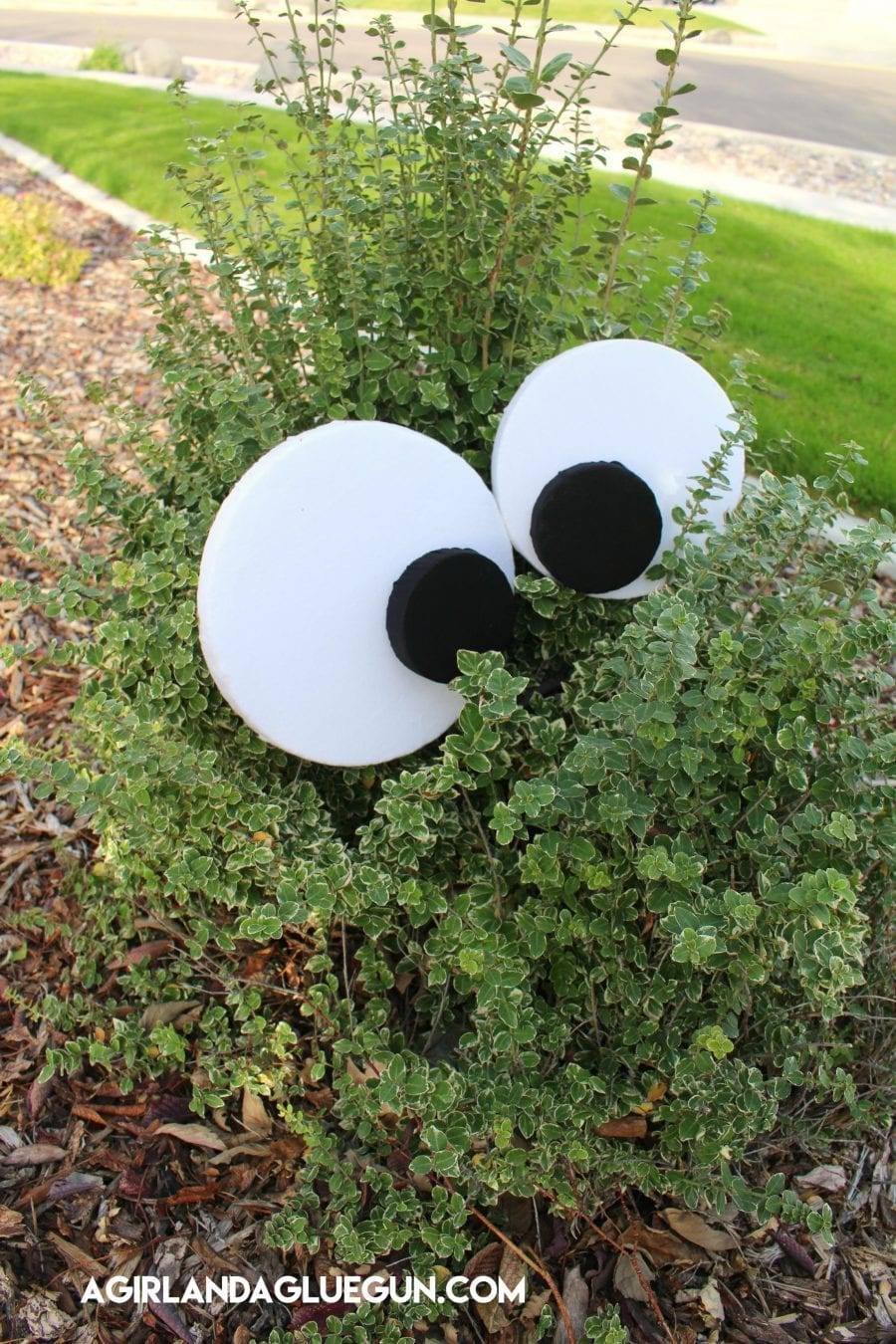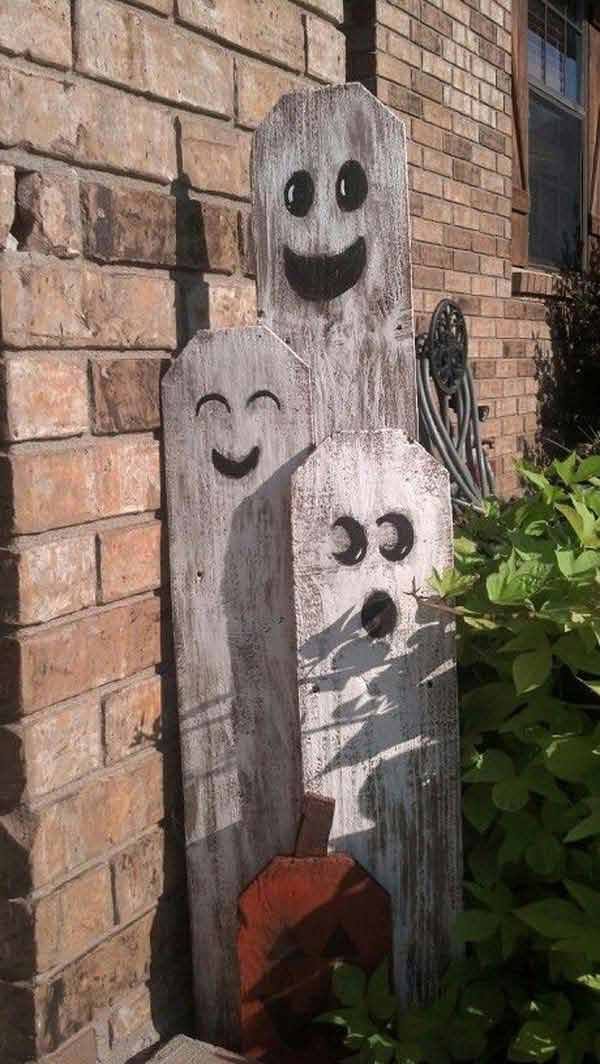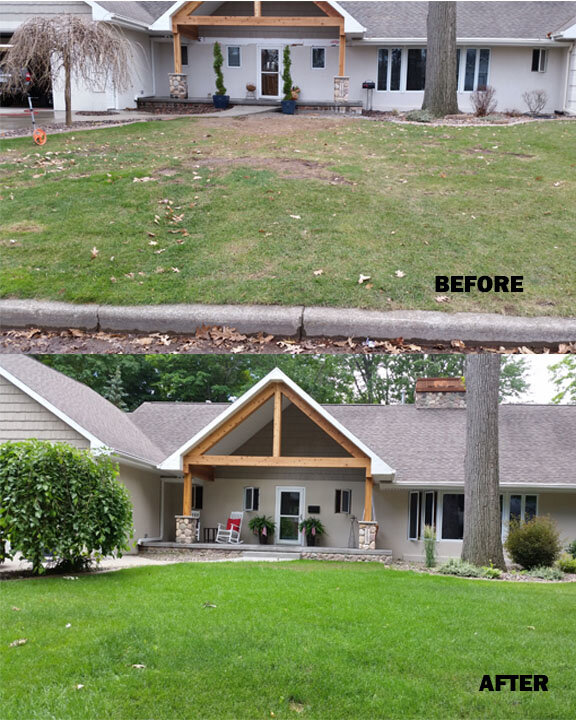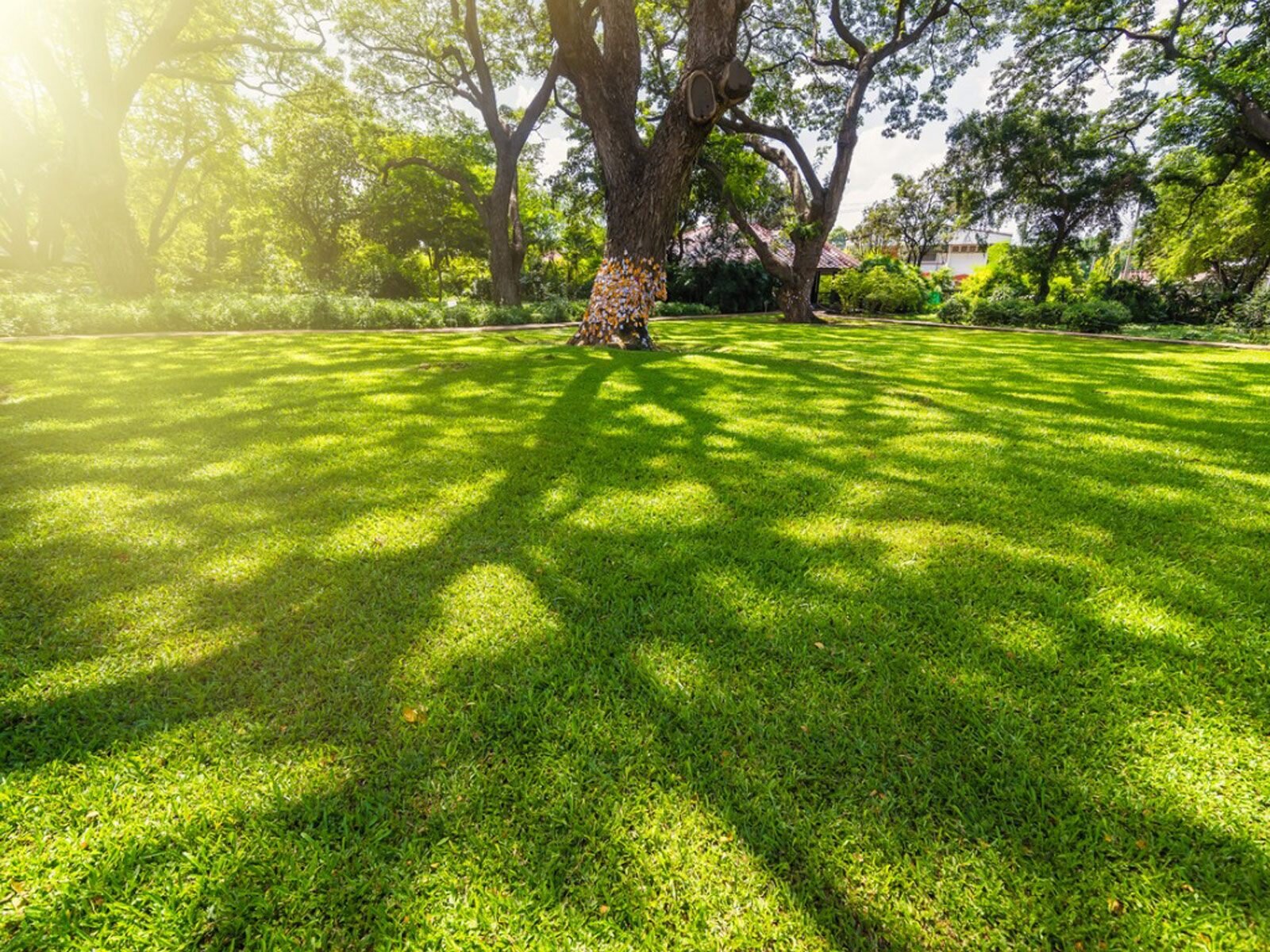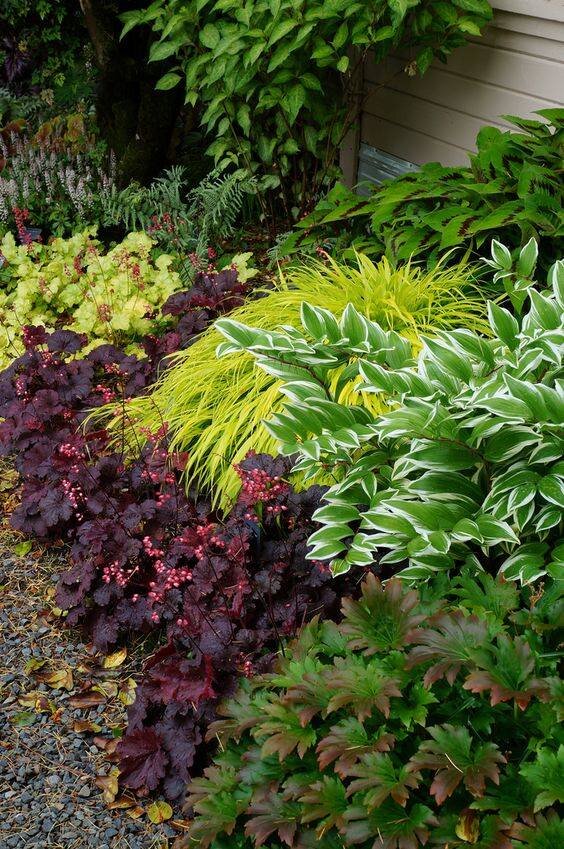With leaf removal season just around the corner, there are three main reasons why leaves should not be left for long periods of time on the ground. Other than them becoming an aesthetic eyesore and being pesky to rake check out these additional reasons why leaves can pose a problem in the yard.
1. Fallen leaves can pose a safety risk:
This is often overlooked, but leaves left lying on grass can become really slippery. Even just a little bit of water from some rain can make your client’s grass or hardscaping slick. This might not be as big a worry for residential homeowners, but it is for commercial property.
2. Leaves on the ground can become a habitat for critters:
Another problem with leaving fallen leaves on the ground for too long is that they can become an invitation for unwanted pests like lawn insects and even rodents to take up residence. These critters are often in search of a place to hid out and the cover of some fallen leaves can make a great spot.
3. Leaf cover can kill the grass and inhibit lawn care services
Another big problem with letting a bunch of leaves remain on the ground is that it can start to kill the grass. Heavy leaf cover will block the lawn’s access to sunlight. It might even block its access to water and nutrients (you certainly can’t perform a fertilization service if there’s a bunch of leaves in the way). So, you can also position leaf removal as being healthier for the lawn.
As an alternative, turning leaves into mulch can provide great benefits around the yards as well. If leaves are small, rake them directly onto planting beds. For large leaves, chop them with a mulching mower first. A mulching mower shreds leaves into tiny flakes that settle into the grass and decompose into natural fertilizer. You might have to go over some areas two or three times to completely chop up the leaves. If your lawn mower doesn’t have a mulching function, adjust the blades to the highest setting and mow right over the leaves. The best time to mow over leaves is when they are damp from the morning dew. This will prevent them from blowing around too much.
Like any mulch, you don't want to pile leaves directly against shrub or tree trunks. Instead arrange them around stems like a donut, leaving some space around stems for airflow.









